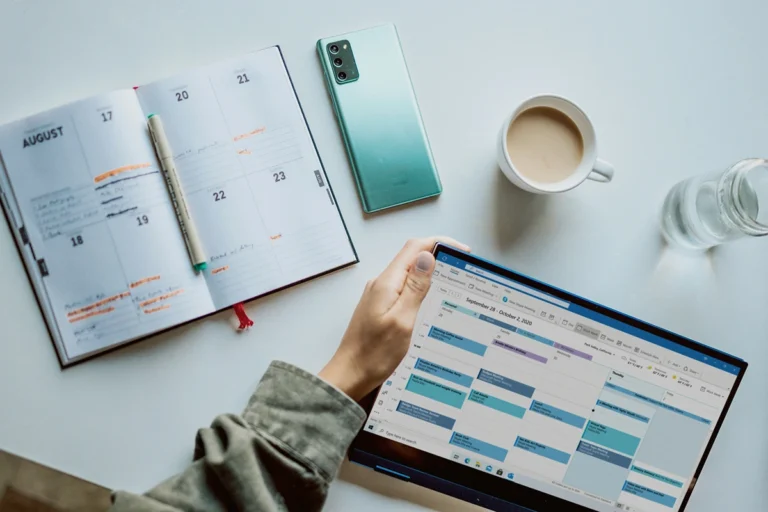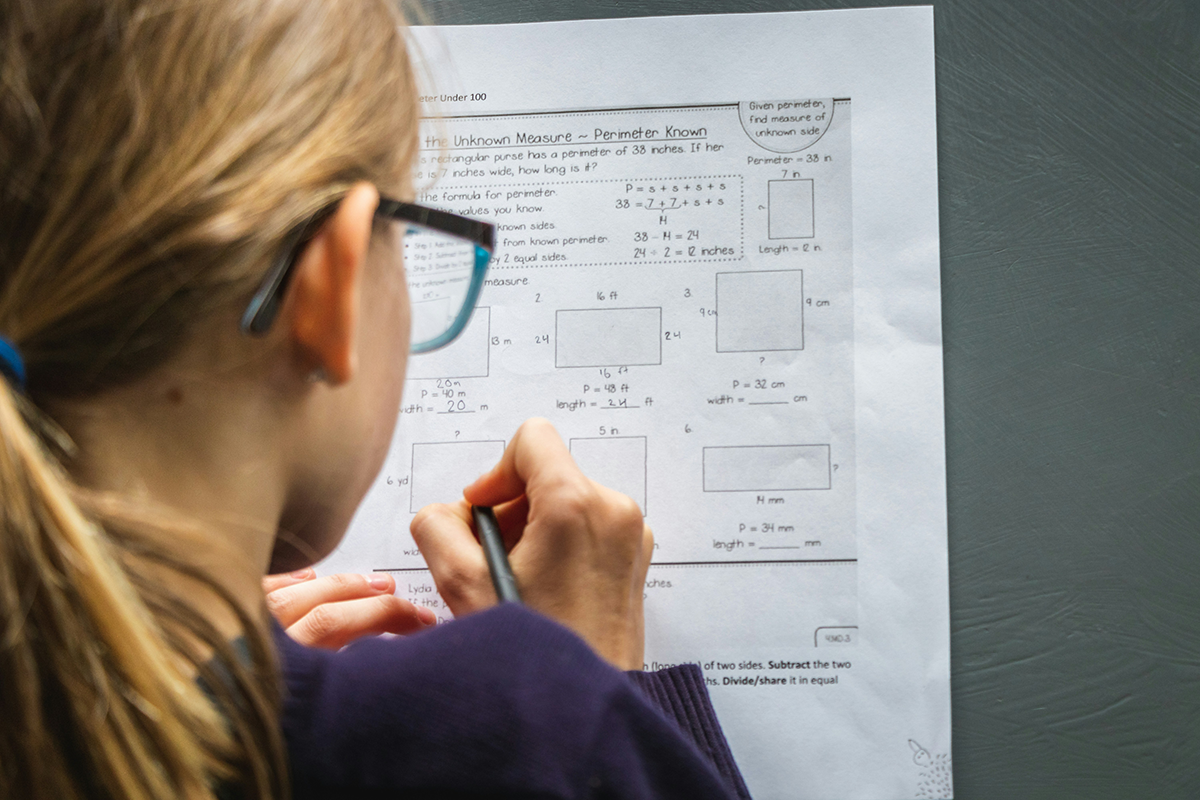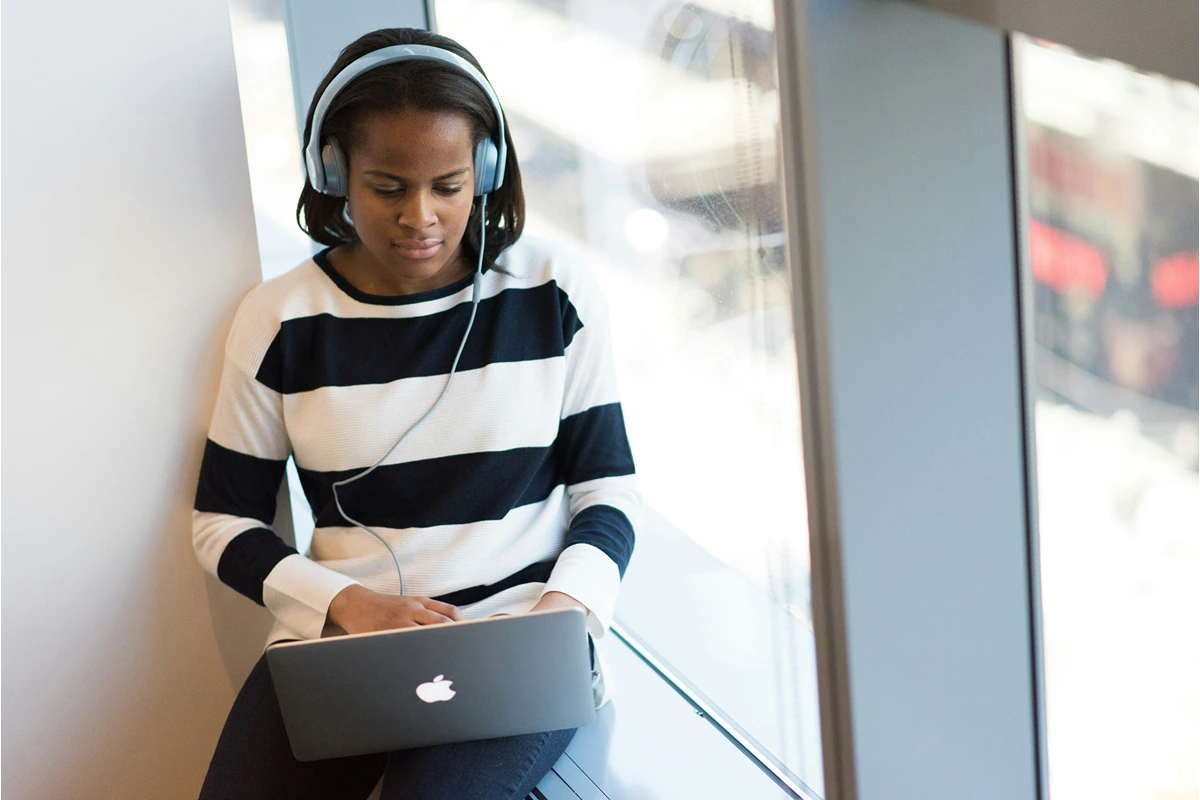The Silent Stressor in Your Digital Calendar
Ever feel like your calendar controls you rather than the other way around? In today’s always-on remote work culture, many of us are drowning in back-to-back meetings and endless notifications. The result: calendar anxiety. This isn’t just about being busy. It’s the emotional weight of seeing every hour blocked and every day stretched thin. If your inner voice whispers, “I’m exhausted but too wired to sleep without checking notifications,” you’re not alone.This guide is for remote workers who want balance but feel unsure where to begin. We’ll unpack how calendar anxiety, schedule overload, and time-boxing burnout show up.
What Is Calendar Anxiety?
Remote work promised freedom and flexibility. Instead, it often created an expectation of constant availability. Digital calendars meant to organize our lives, sometimes become taskmasters.
- Calendar anxiety emerges when your schedule feels suffocating rather than supportive.
- Schedule overload is the relentless stacking of tasks, meetings, and obligations.
- Time-boxing burnout happens when even carefully planned schedules leave you drained instead of productive.
Research shows that nonstop digital engagement can heighten stress, disrupt sleep, and increase burnout (Schmitt et al., 2021; Alimoradi et al., 2019).
The Impact of Over Scheduling
Over scheduling doesn’t just clutter your day, it chips away at your well-being:
- Mental health: Constant connectivity fuels stress and anxious rumination.
- Focus: Multitasking leaves your brain feeling like a browser with 50 tabs open (Schmitt et al., 2021).
- Sleep: Late-night screen use can interfere with melatonin and quality rest (Alimoradi et al., 2019).
- Relationships: Digital overuse is linked to weaker offline connections (Yang et al., 2024).
Make Room to Breathe: What Is White-Space Planning?
White-space planning is the practice of leaving deliberate gaps in your calendar moments for reflection, focus, or simply nothing at all. It’s not about ditching technology. It’s about retraining your calendar to support you, not enslave you (Radtke et al., 2022). Think of it as giving your brain space to reset.
Your Action Plan: 5 Steps to Combat Calendar Anxiety
Audit Your Calendar for Time Traps
Track your meetings and interruptions for one week. Just noticing patterns can reduce overwhelm (Yıldız Erzincanli & Geçikli, 2024).Schedule Intentional “Un-Meetings”
Block time for deep work or rest. Even 30 minutes twice a week can reset your focus (Radtke et al., 2022).Create Digital-Free Focus Blocks
Use tools like Forest or Hold to stay distraction-free. Short no-phone blocks build momentum (You & Karlsen, 2024).Build Buffer Zones Between Tasks
Insert 5–10 minutes to stretch or breathe. Small breaks restore attention (Schmitt et al., 2021).Use the White-Space Planning Worksheet
Map out breaks and focus blocks visually. Seeing balance on your calendar reduces stress (Doskaliuk, 2023).
Reclaim Your Time
Planning for breaks aka white-space planning isn’t about cramming more productivity into your day. It’s about reshaping your relationship with technology. With practice, you can expect:
- Greater focus and creativity
- Lower stress and anxiety
- More energy for work and relationships
Conclusion
Calendar anxiety is real, but it doesn’t have to define your workday. By adding pre-planned breaks, you can:
- Prevent burnout and technostress
- Improve focus and sleep
- Build healthier boundaries around your time
Remember: it’s about progress, not perfection. Start with one 15-minute white-space block tomorrow, and celebrate the win.
References
- Alimoradi, Z. et al. (2019). Internet addiction and sleep problems. Sleep Medicine Reviews.
- Doskaliuk, B. (2023). Digital Detox: A Holistic Approach to Mental and Physical Well-being.
- Radtke, T. et al. (2022). Digital detox: An effective solution in the smartphone era? Mobile Media & Communication.
- Schmitt, J. B. et al. (2021). From cognitive overload to digital detox. Computers in Human Behavior.
- Yang, X. et al. (2024). Digital addiction and interpersonal relationships. Clinical Psychology Review.
- Yıldız Erzincanli, & Geçikli, F. (2024). Role of conscious awareness in predicting digital addiction. Frontiers in Public Health.
- You, Y., & Karlsen, F. (2024). Affordances of Digital Detox Applications. Int. Journal of Human–Computer Interaction.
*Disclaimer: Offline Now offers educational coaching tips, not medical or therapeutic advice; please consult a qualified health professional for personal, clinical or health concerns.*



